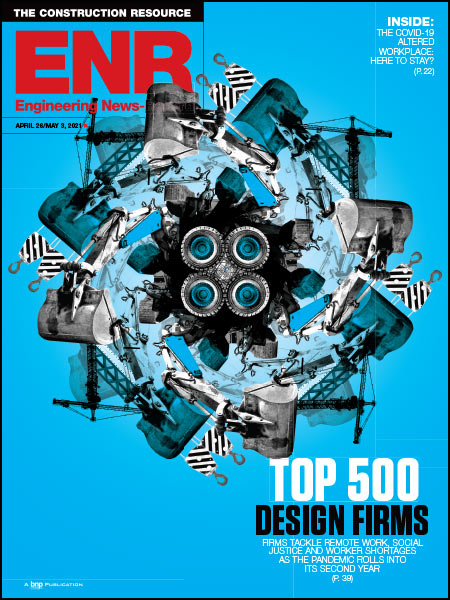Multitrade customized prefabrication of hospital components is not exactly old hat in Europe. But it is not new, either. But that’s no surprise: When it comes to innovation, Europe leads and the U.S. follows. However, just because something has been done in Europe doesn’t mean it is easy to accomplish here.
Marty Corrado, project executive for field operations in Skanska USA Building Inc.’s Nashville office, knows this better than most contractors. He went out on a limb to bring multitrade prefab to a Dayton, Ohio, hospital project in what is considered the most ambitious effort to date in the U.S.
“There has to be a better way to build our buildings,” says Corrado, who describes himself as someone who likes “to push people to ‘work outside the box’ ” and not always fall back on old routines.
After careful study of Skanska’s multitrade prefab operation in London, Corrado set up a prefab operation in a rented warehouse in Dayton so workers could build 178 identical patient rooms and 120 overhead corridor utility racks. The components ultimately were trucked to and lifted by crane onto the 484,000-sq-ft Miami Valley Hospital Southeast Hospital Addition.
Multitrade prefab has all the upside of single-trade prefab: a controlled environment, increased worker safety and increased productivity. The approach also eliminates turf battles among the trades, who collaborate on the order of things, and it minimizes waste.
But multitrade prefab changes a project’s rhythm. For example, certain design decisions had to be accelerated several months, says Tim Fishking, a principal in the Columbus, Ohio, office of architect NBBJ.
That’s why for multitrade prefab to succeed, full-team collaboration and a make-it-happen attitude is a must, says Brian Braaksma, president of the job’s Columbus-based consulting engineer, Korda. He adds that he is so supportive of the process he wishes the multitrade prefab idea had been his.
In the end, Corrado’s strategy cut more than two months off the schedule and 1% to 2% off the cost of the 12-story hospital, which opened in December.
Corrado thinks the approach is going to spread like wildfire. “This is going to revamp the entire hospital delivery process as we know it,” he says.
Skanska already is using the process on two more hospitals: one in Miami, Fla., and one in Western Virginia. But Corrado has set his sights beyond medical centers. “We are now evaluating every project we pursue to determine how the multitrade prefab approach will fit,” he says.
Thanks to initial resistance to the idea, Corrado says he often felt like a cat with a long tail in a room full of rocking chairs. But the naysayers inspired him to prove them wrong. “It is fun to make something work when almost everyone around you is telling you it won’t,” he says.
“Marty has always been a risk taker,” says his father, Vince Corrado, chairman of the board of Shook Construction, Dayton. The MVH project was a joint venture of Skanska and Shook.
The elder Corrado counts his son’s skills as a communicator and listener and his great sense of humor as keys to the operation’s success. “Marty was able to bring together both union and non-union tradespeople for the common good of the project,” he says.



Post a comment to this article
Report Abusive Comment